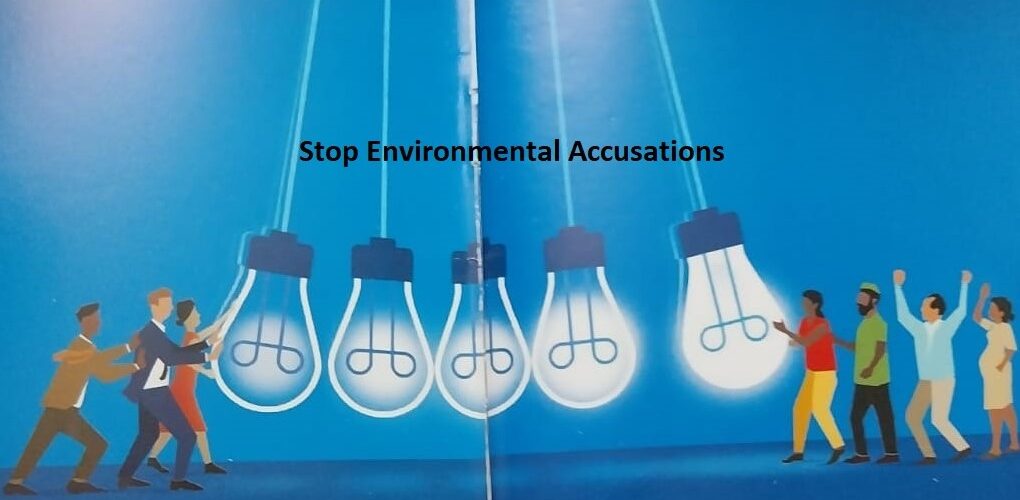The previous fiscal year (2023–2024) saw a significant awakening in the field of renewable energy. Throughout this time, capacity increased significantly. There has been an 18485 MW rise in this sector overall. It was 15274 MW in April of 2023. The capital subsidy announcements are among the causes of this. By 2030, India wants to contribute 50% of its output from non-fossil sources, in line with global efforts to achieve carbon neutrality. However, upon closer examination, it appears that this is insufficient to meet the growing need for energy. The process of carbon emissions is worldwide. The developed world makes a good contribution on its own. India is a developing nation, and there is a deliberate attempt to place environmental blame on it even though India lags far behind other nations in terms of carbon emissions. Furthermore, choices concerning the accomplishments and exploration outcomes of the region should never be left up to the whims of global political egos.
Gujarat’s Kutch area now hosts a 1.6 GW solar project built by Adani Green Company, one of the country’s biggest renewable energy enterprises. It is a component of the Hybrid Renewable Energy Park at 30GW. The cost of integration and grid stability provide the biggest obstacles to these endeavours. The nation’s need for residential solar systems is rising. India has 68 GW of installed solar capacity. (March 2024) The goal for NTPC Ltd. in the upcoming fiscal year is a 5 GW capacity expansion. By 2032, it will reach 60 GW. India anticipates significant advancements in the field of electric vehicles. Significant tax breaks and incentives are being offered to the industry to promote it.
India’s electric vehicle market is moving forward.
This year, infrastructure and incentives are predicted to propel the electric vehicle revolution to a 66% growth rate. According to estimates, this will cause India’s EV sales to double this year. Forecasts indicate that increasing EV sales will make up 4% of all Passenger Vehicle (PV) sales by 2024. By 2030, India’s PV sales are predicted to make up a third of the market. This will significantly alter the nation’s automobile industry. Tata Motors’ strategic partnership with Uber has allowed it to hold two-thirds of the nation’s electric vehicle market in 2023. Mahindra and Mahindra follow closely after. Robust marketing campaigns centred around the XUV 400, an all-electric SUV that debuted in 2023, propelled M&M’s expansion. Last year, BYD Auto Co., Ltd started a significant trend in this industry and saw a 1500% increase in EV sales nationwide. Also receiving attention were the e6 MPV and Alto 3 SUV.












Add comment